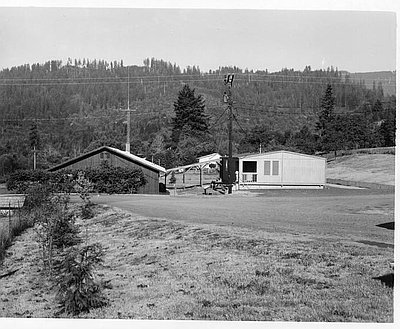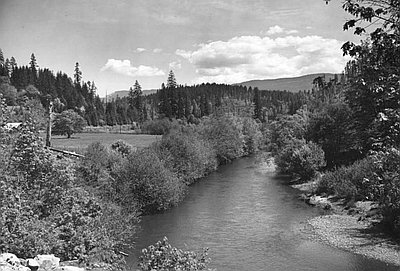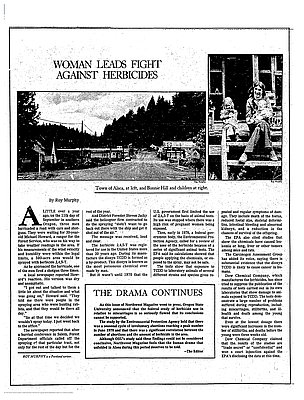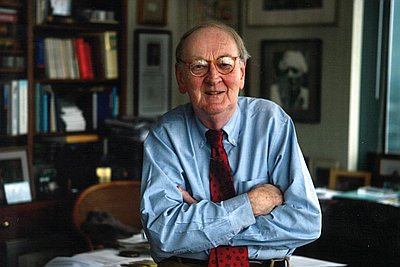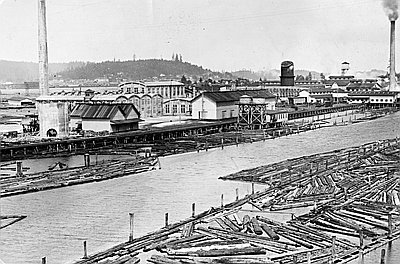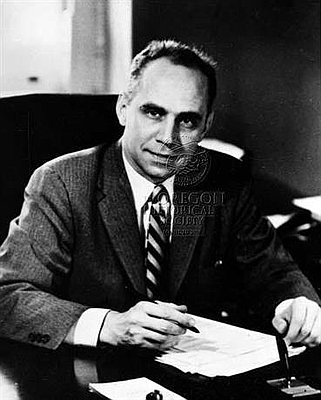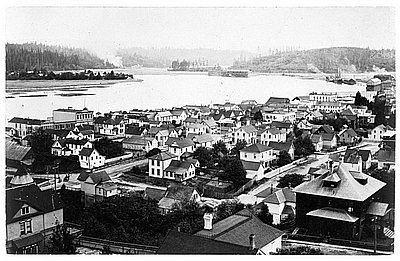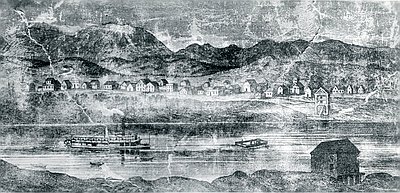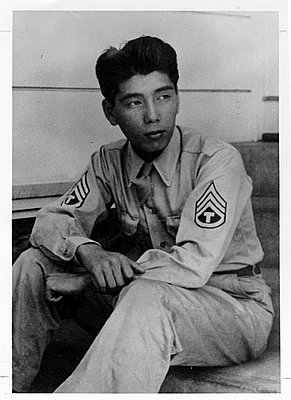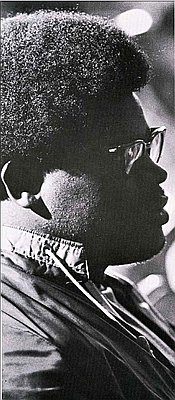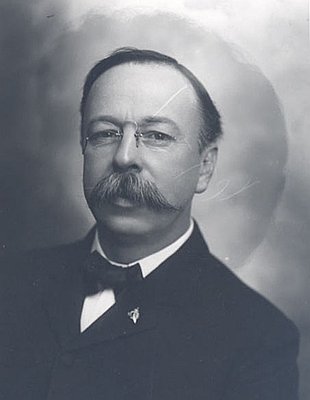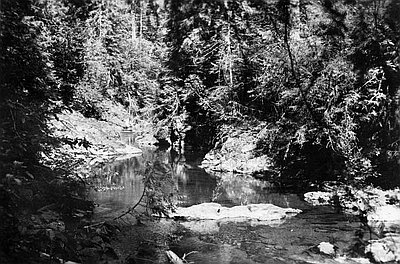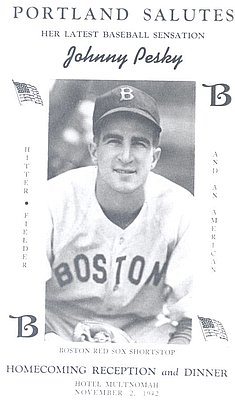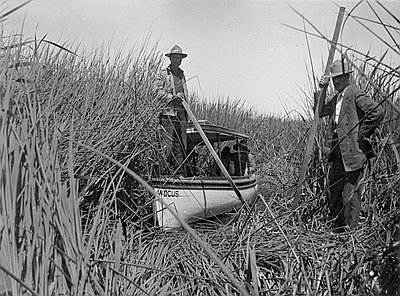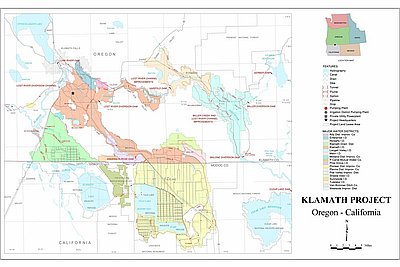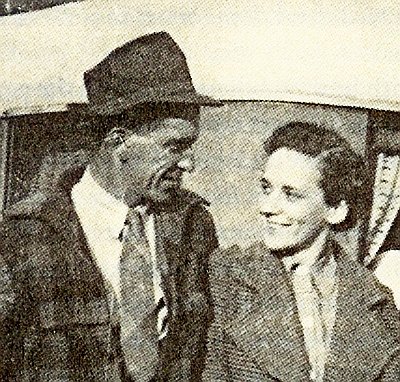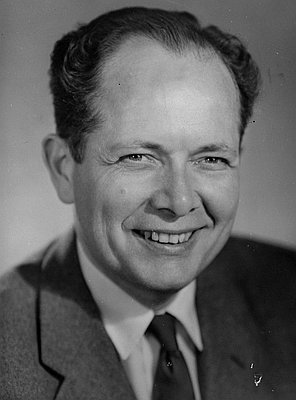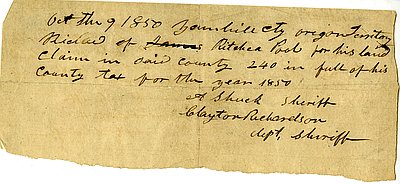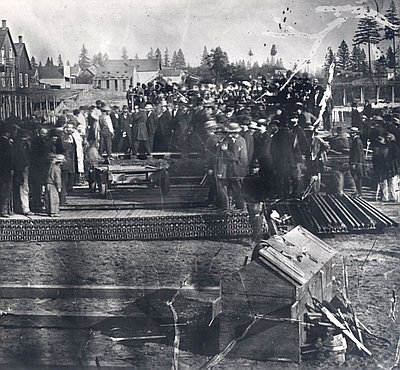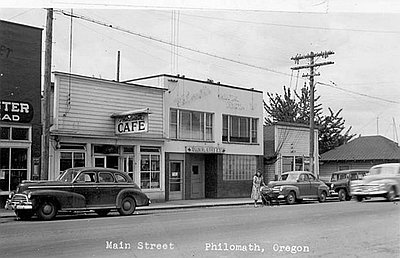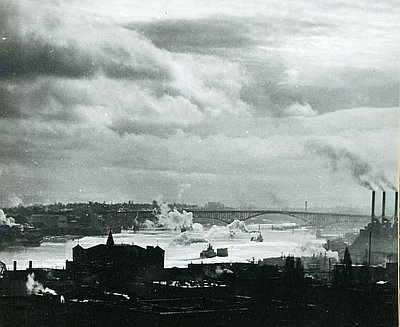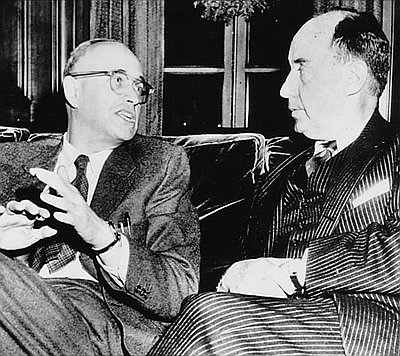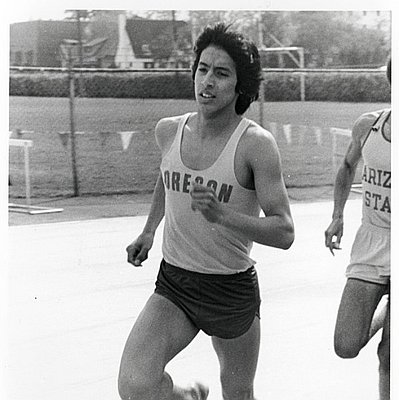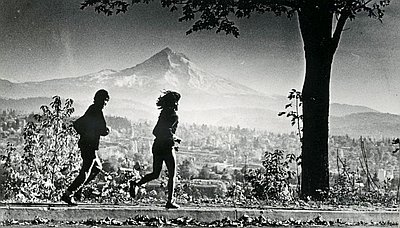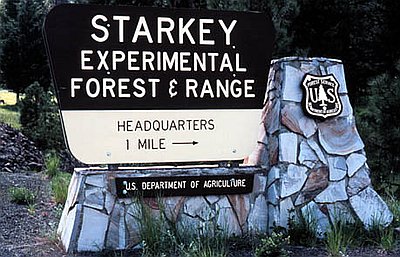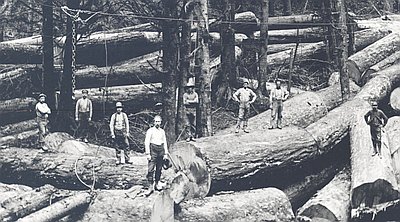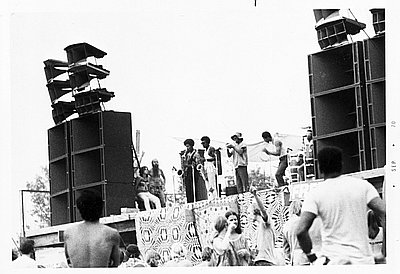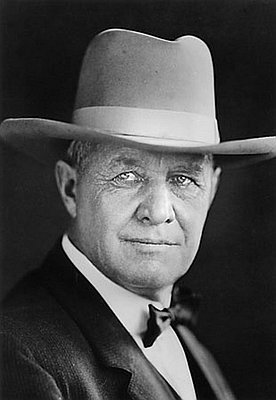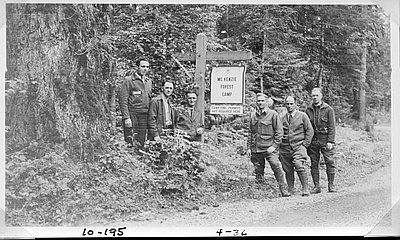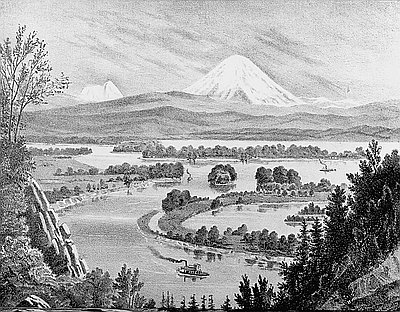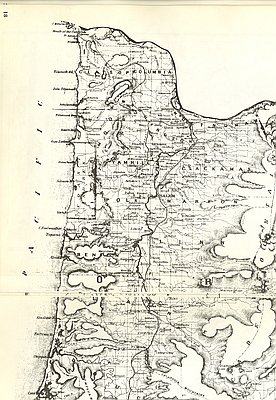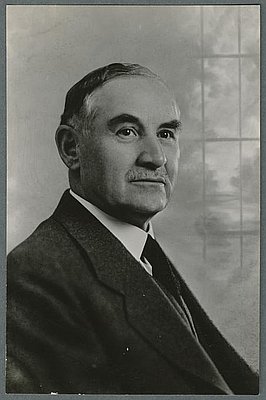William G. Robbins
William G. Robbins is emeritus distinguished professor at Oregon State University, where he was professor of history from 1971 until 2002. He is the author and editor of several books on Oregon and the American West. Following a four-year stint in the United States Navy, he immigrated to Oregon from the East Coast in 1963 and earned graduate degrees in History at the University of Oregon. During his more than thirty years at Oregon State University, Robbins has taught courses in Western American, Pacific Northwest, and Environmental history. Among his Oregon books are Landscapes of Promise: The Oregon Story, 1800-1940, Landscapes of Conflict, 1940-2000, and Oregon, This Storied Land. In the fall of 2017, the Oregon State University Press published The People’s School: A History of Oregon State University to commemorate the institution’s sesquicentennial as a land-grant school. In September of 2020, he published A Place for Inquiry, A Place for Wonder: A History of the Andrews Forest (the H. J. Andrews Experimental Forest).
Author's Entries
-
![Alsea (Alcea)]()
Alsea (Alcea)
Alsea is an unincorporated community of about two hundred residents in the Coast Range near the juncture of the North and South Forks of the Alsea River. The town is approximately twenty-six miles west of Corvallis on Oregon Highway 34 and forty miles from the coastal community of Waldport. …
Oregon Encyclopedia
-
![Alsea River]()
Alsea River
The Alsea River originates in creeks flowing from the west side of Mary's Peak, the highest mountain in the Coast Range (elev. 4101 ft.), and in several streams in northwestern Lane County. The river flows west-northwesterly in a winding course on its way to the Pacific Ocean at Waldport on …
Oregon Encyclopedia
-
![Bonnie Hill (1945–2019)]()
Bonnie Hill (1945–2019)
Bonnie Hill was an important figure in the herbicide-spraying controversies in Oregon forests during the 1970s, her efforts contributing to a permanent ban on using 2,4,5-T and Silvex in the United States. An English and journalism teacher at Alsea High School, she also served the Oregon Department of Education in …
Oregon Encyclopedia
-
![Brian Geddes Booth (1936–2012)]()
Brian Geddes Booth (1936–2012)
Brian Booth was known as a Renaissance Man whose interests ranged from corporate law and public spaces, to Oregon literature and art. A lawyer and philanthropist, he promoted Oregon state parks and beaches, founded literary and cultural organizations, and served as the chair of five state organizations. He was an …
Oregon Encyclopedia
-
![C.A. Smith Lumber Company]()
C.A. Smith Lumber Company
Charles Axel Smith became, for a time, one of Oregon's most powerful lumbermen, buying up huge tracts of forest land and developing the largest mill on Coos Bay. A native of Sweden, Smith emigrated to the U.S. to become one of Minnesota's leading lumbermen by the late nineteenth century. …
Oregon Encyclopedia
-
![Charles O. Porter (1919-2006)]()
Charles O. Porter (1919-2006)
An Air Force veteran, lawyer, and devout Christian, Charles O. “Charlie” Porter may be best remembered for his long legal fight to remove a Christian cross from Eugene's Skinner's Butte. But Charlie Porter, born in Klamath Falls in 1919, was more than a firebrand activist and legal gadfly, a …
Oregon Encyclopedia
-
![Coos Bay]()
Coos Bay
The Coos Bay estuary is a semi-enclosed, elongated series of sloughs and tidewater streams that drains approximately 825 square miles of southern Oregon's rugged Coast Range. For much of its history since the 1850s, the area has been notable for the huge volume of lumber shipped to world markets. The …
Oregon Encyclopedia
-
![Corvallis]()
Corvallis
Nestled on the west side of the mid-Willamette River, Corvallis is dominated by Oregon State University, the state’s largest university, and is home to the original offices of the international engineering firm CH2M Hill. Located eighty miles from Portland and fifty miles from the Oregon Coast, …
Oregon Encyclopedia
-
![Frank Hachiya (1920-1945)]()
Frank Hachiya (1920-1945)
The name Frank T. Hachiya will forever be linked to Oregon’s Hood River Valley, a setting hostile to returning Japanese American servicemen and families at the end of World War II. Born in the upper valley town of Odell in 1920, Hachiya was a member of the Military Intelligence Service …
Oregon Encyclopedia
-
![Fred Milton (1948-2011)]()
Fred Milton (1948-2011)
During a period of social and racial turmoil in the late 1960s, the Black Student Union at Oregon State University staged a protest, walking off campus on March 5, 1969, because football coach Dee Andros had kicked African American linebacker Fred Milton off the team for sporting a mustache and …
Oregon Encyclopedia
-
![George Chamberlain (1854-1928)]()
George Chamberlain (1854-1928)
Largely because of his reputation as a scrupulously honest attorney general, Democrat George Earle Chamberlain was elected Oregon governor in 1902 with a slim majority of 246 votes. Chamberlain quickly established himself as a strong, energetic governor and a dedicated reformer who defended the state’s newly adopted initiative and referendum, …
Oregon Encyclopedia
-
![H.J. Andrews Experimental Forest]()
H.J. Andrews Experimental Forest
The H.J. Andrews Experimental Forest, located deep in the Willamette National Forest, was established in 1948. Originally called the Blue River Experimental Forest, the Andrews is located on the western slope of Oregon’s Cascade Range. At 15,800 acres, it embraces the entire Lookout Creek drainage, a major tributary of …
Oregon Encyclopedia
-
![Johnny Pesky (1919-2012)]()
Johnny Pesky (1919-2012)
The iconic Boston Red Sox baseball player Johnny Pesky began his career a continent away from Boston in Portland, Oregon, where he established a teenage reputation as an outstanding ballplayer. Called up to the Red Sox in the spring of 1942, Pesky (née Pavescovich) batted second, played shortstop, and …
Oregon Encyclopedia
-
![Lower Klamath Lake]()
Lower Klamath Lake
Before human engineering altered the upper Klamath Basin, water flowed from Upper Klamath Lake into Link River, a short stream that emptied into Lake Ewauna, the true headwaters of the Klamath River. During spring freshets, Lake Ewauna overflowed southward into Lower Klamath Lake, creating 94,000 acres of marshlands and …
Oregon Encyclopedia
-
![Monroe Sweetland (1910-2006)]()
Monroe Sweetland (1910-2006)
Monroe Sweetland's life embraced the cultural revolution of the 1920s, the crisis of the Great Depression, the violence of World War II, and the contentious politics of the United States as it moved through wartime and cold war crises and domestic unrest. Through a remarkably constructive life, Monroe Sweetland participated …
Oregon Encyclopedia
-
![National Reclamation Act (1902)]()
National Reclamation Act (1902)
When Congress passed the National Reclamation Act in 1902, the measure set in motion the dramatic transformation of arid sections of the American West to "reclaim" land for productive agricultural use. President Theodore Roosevelt, who signed the bill into law, believed that reclaiming arid lands would promote the agrarian ideals …
Oregon Encyclopedia
-
![Norman Best (1906-1995)]()
Norman Best (1906-1995)
When Norman Best finished his last surveying job on Interstate 90 in 1972, he ended forty-eight years of productive labor on highway construction projects. He had always valued his work and his life in the trade-union movement, where he had been a political activist, union organizer, and member of the …
Oregon Encyclopedia
-
![Oregon Commonwealth Federation]()
Oregon Commonwealth Federation
Following the inaugural meeting of the Oregon Commonwealth Federation (OCF) in April 1937, Oregon Democratic Governor Charles Martin referred to the newly minted left-liberal organization as a “gang . . . of young Jew[s] . . . Communists, C.I.O.’s and crackpots.” An anti-New Deal Democrat, Martin would fall victim to …
Oregon Encyclopedia
-
![Oregon Donation Land Law]()
Oregon Donation Land Law
When Congress passed the Oregon Donation Land Law in 1850, the legislation set in motion procedures for the disposal of public lands that left a permanent imprint on the Oregon landscape. The grid-square pattern of property ownerships imposed on rural lands in the Willamette, Umpqua, and Rogue valleys is visible …
Oregon Encyclopedia
-
![Oregon and California Lands Act]()
Oregon and California Lands Act
The Oregon and California Lands Act, heralded as a forward-looking conservation measure when it became law in 1937, has been mired in controversy for most of its existence. The origins of the O&C; lands are rooted in the Pacific Railway Act of 1862 and its successors, measures that empowered Congress …
Oregon Encyclopedia
-
![Philomath]()
Philomath
A small Willamette Valley community near the Coast Range, Philomath took its name from Philomath College, founded in 1867 by the United Brethren Church. Because of sharply declining enrollment, the college closed during the Great Depression. The name comes from two Greek words meaning “lover of learning.” Incorporated in 1882, …
Oregon Encyclopedia
-
![Pollution in Paradise (documentary film)]()
Pollution in Paradise (documentary film)
KGW-TV aired Tom McCall’s one-hour documentary Pollution in Paradise on November 21, 1962. An environmental classic, the program represented McCall’s investigative skills and pressed home the powerful idea that there should be no tension between jobs and livability—Oregonians could enjoy both a robust economy and a healthy environment. Pollution …
Oregon Encyclopedia
-
![Richard Neuberger (1912-1960)]()
Richard Neuberger (1912-1960)
When he was elected to the United States Senate in 1954, Richard Neuberger had been at the center of journalistic excellence in the Pacific Northwest for two decades. At the age of twenty, he had gained national renown for “The New Germany,” published in The Nation in October 1933, one …
Oregon Encyclopedia
-
![Rudy Chapa (1957-)]()
Rudy Chapa (1957-)
“Rudy, Rudy,” chanted the fans attending the June 1978 NCAA Track and Field Championships at the University of Oregon’s historic Hayward Field, as Oregon sophomore Rudy Chapa pulled ahead with fewer than three laps to go in the 5,000-meter finals. With the roar of the sellout crowd of 14,135 ringing …
Oregon Encyclopedia
-
![Running Ultras]()
Running Ultras
The State of Oregon is celebrated for its running competitions, including the Portland Marathon and the Hood to Coast Relay, events that attract runners from around the world. Less known is ultra trail running—that is, races longer than twenty-six miles. Those who participate run distances ranging from 50 kilometers (about …
Oregon Encyclopedia
-
![Starkey Experimental Forest and Range]()
Starkey Experimental Forest and Range
A first-class U.S. Forest Service and Oregon Department of Fish and Wildlife research facility, the Starkey Experimental Forest and Range is a 28,000-acre enclosure of forests and mountain meadows in Oregon’s Blue Mountains. Located off Oregon 244, southwest of La Grande, twenty-seven miles of eight-foot high, woven-wire fence …
Oregon Encyclopedia
-
![Timber Industry]()
Timber Industry
Since the 1880s, long before the mythical Paul Bunyan roamed the Northwest, the timber industry has been a driving force in the economies of Oregon and Washington and British Columbia. Forests on the Oregon Coast and the lower Columbia River had attracted those in the mid-nineteenth century who wanted to …
Oregon Encyclopedia
-
![Vortex I music festival]()
Vortex I music festival
During the war-hot summer of 1970, thousands of young people began streaming toward Clackamas County's Milo McIver State Park to attend Vortex I, a state-sponsored rock-music festival. Ed Westerdahl, chief of staff to Governor Tom McCall, had selected the 847-acre site, some thirty miles southeast of Portland. The …
Oregon Encyclopedia
-
![Walter Pierce (1861-1954)]()
Walter Pierce (1861-1954)
Walter Pierce's long public career extended from the 1890s to the political turmoil involving the return of Japanese Americans to their Oregon homes following the Second World War. One of the more enigmatic of Oregon's public officials, voters elected Pierce to the governor's office in 1922 with the active support …
Oregon Encyclopedia
-
![Willamette National Forest]()
Willamette National Forest
The Willamette National Forest stretches along the western slope of Oregon’s Cascade Range, from Mount Jefferson south to Windigo Pass near Diamond Lake. It borders the Mount Hood National Forest to the north and the Umpqua National Forest to the south. An administrative unit of Region 6 of …
Oregon Encyclopedia
-
Willamette River
The Willamette River and its extensive drainage basin lie in the greater Cascades geological province, extending from British Columbia to northern California. The river and its principal tributaries drain 11,478 square miles (12 percent of Oregon), with the basin's runoff fluctuating dramatically between the heavy precipitation of the winter months …
Oregon Encyclopedia
-
![Willamette Valley]()
Willamette Valley
The Willamette Valley, bounded on the west by the Coast Range and on the east by the Cascades, is the largest river valley in Oregon. Part of the Cascades geological province that extends from British Columbia to northern California, the valley is an elongated, relatively flat body of land …
Oregon Encyclopedia
-
![William Jasper Kerr (1863–1947)]()
William Jasper Kerr (1863–1947)
When William Jasper Kerr was inaugurated president of Oregon Agricultural College (now Oregon State University) in 1907, the institution had 40 faculty members and 1,500 students. Before the full effects of the Great Depression were evident in 1930, enrollment had increased to 3,347 students, and there were more than …
Oregon Encyclopedia


